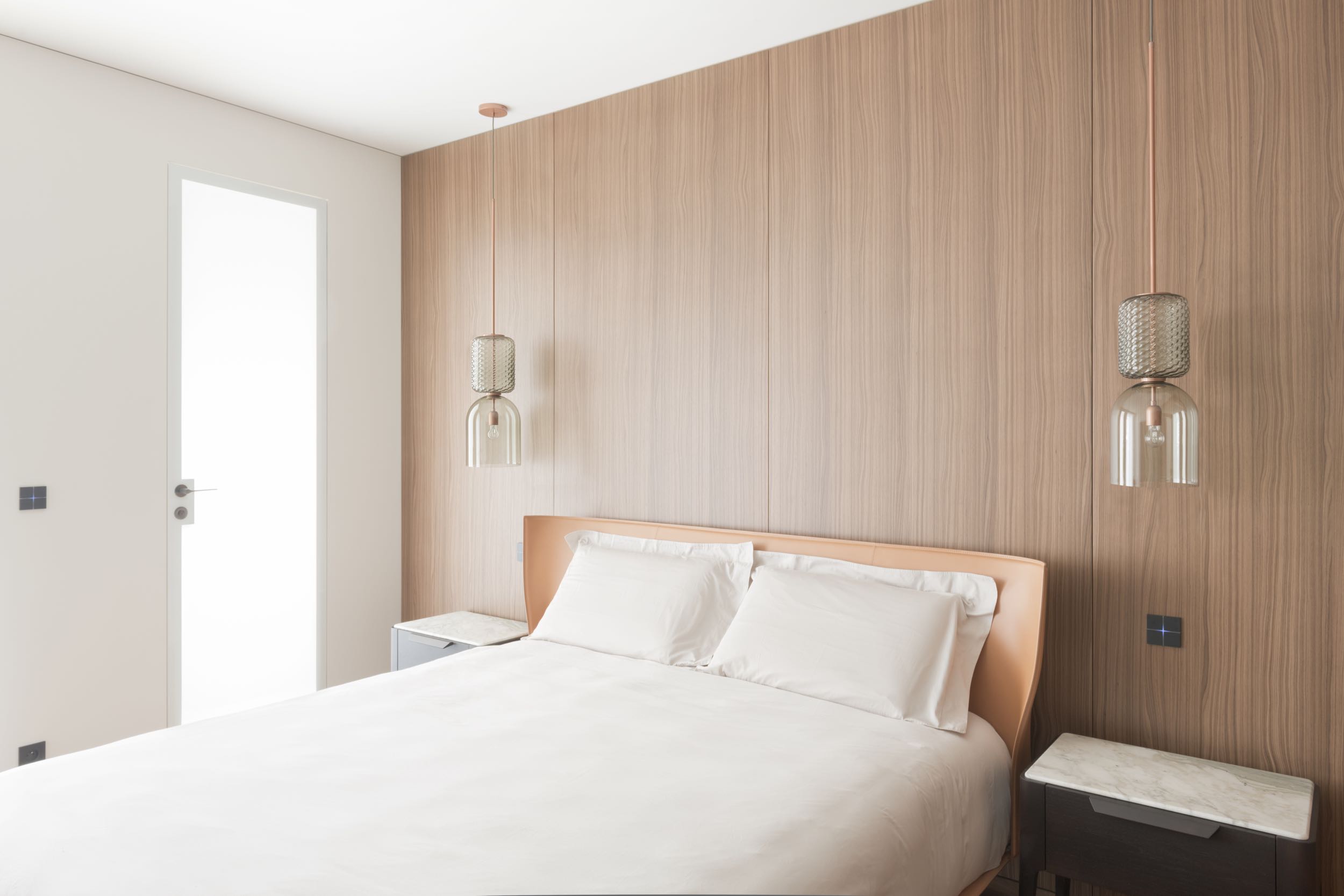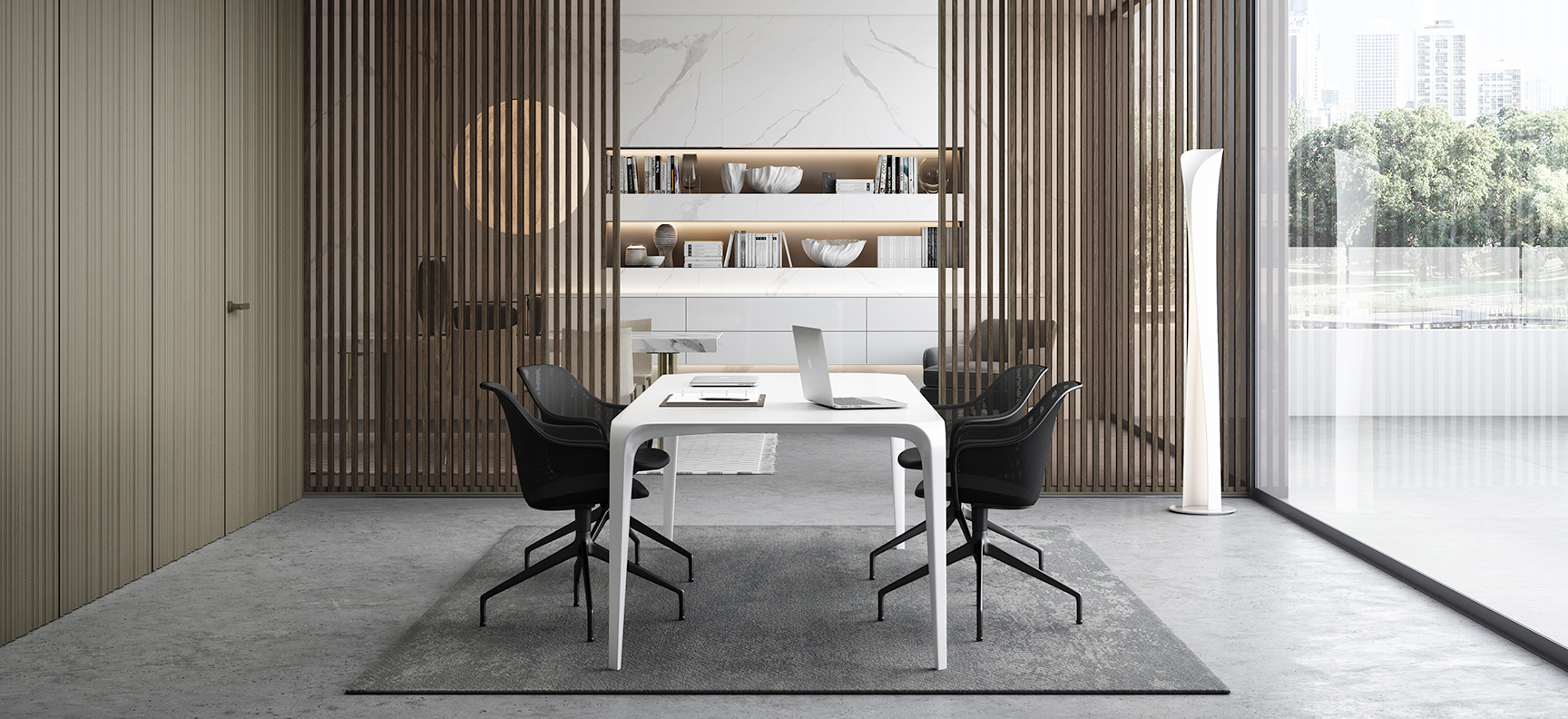Are you pondering over whether to change your kitchen doors? Here are some tips to work best.
First of all, you should remember that your home’s internal doors are a crucial element of style that define the personality of the environments, therefore, they need to take into account a series of not only technical criteria but also stylistic:
- Dimensions
- Shapes
- Materials
- Design
- Finishes
- Opening systems
When we talk about changing the kitchen doors, we must also always keep in mind that this home environment is one of the most important ever. A kitchen is a place where we spend a lot of time and moments oriented towards privacy, sharing and conviviality. For this reason, everything that helps to define the style and functionality of the kitchen must always be chosen carefully.
To change the kitchen doors, the first requirement to keep in mind will be the style of the rooms. Do you have a modern kitchen, characterised by clean and essential lines, very light or bright colours, finishes in hyper-modern and minimalist materials such as stainless steel or glass? If the answer is yes, the kitchen door will also have to match this “character”, so as to create visual and perceptive continuity between the different rooms and between the elements inside the room.
If, on the contrary, your kitchen is in a classic style, perhaps made of wood according to traditional criteria, the kitchen door will also have to respect the same requirements of elegance, sumptuousness, a combination of colours and materials, and the possible presence of elaborate finishes. The combination of different wood essences could prove to be more difficult than expected, and this is why our advice is always to rely on the advice and experience of professionals in the sector to identify the solution that is really for you.
Another important factor to take into consideration when deciding to change the kitchen doors is, of course, light. If your kitchen is rather limited in terms of size or not particularly bright, you can choose a glass door or with glass inserts, so as to favour the passage of natural light coming from the other rooms. Obviously, the opposite is also true: if the kitchen is very bright but the same cannot be said of the adjacent room, the choice of a transparent or semi-transparent door will allow most of the sunlight to reach areas that, otherwise, would not be lit.
When you change your kitchen doors, remember that the direction of opening (or the closing and opening system) is absolutely essential for a good performance: you can choose between hinged doors if the available space is adequate, or opt for space-saving solutions such as folding or sliding doors where space is limited. In any case, always take into consideration the position of the systems and any obstacles, so as not to create unwanted “clutter” once the door is open.
These are our general tips for changing kitchen doors without making gross mistakes. Why not request a dedicated consultation for your project directly from the RES experts? We are always at your disposal: all you have to do is contact us!



